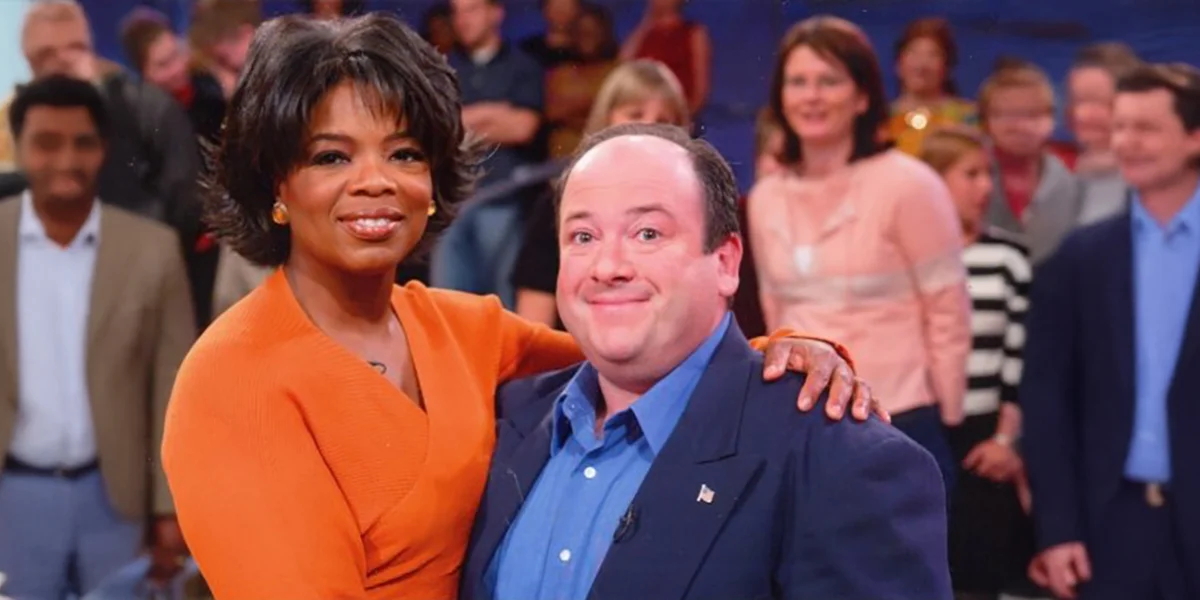Mike Kimmel Illuminates the World of Performing Arts with Passion and Insight

A Journey Through Creativity, Authenticity, and the Empowerment of Young Actors
Mike Kimmel shares his creative process, passion for teaching, and mission to uplift young performers through meaningful, optimistic scripts—transforming the performing arts landscape with integrity, heart, and expertise.
Mike Kimmel’s name resonates across the entertainment industry not only as a versatile actor but also as a passionate educator and prolific author. From his roots as a professional wrestler and circus magician to his expansive acting credits—including Buffy the Vampire Slayer and Game of Silence—Kimmel has carved a dynamic path in the world of performance. But perhaps his most enduring contribution lies in his dedication to empowering the next generation of actors through education and storytelling.
In a recent feature with Reader’s House Magazine, Kimmel opened up about his creative process, his commitment to uplifting young performers, and the unique challenges he’s tackled in writing for the stage and screen. His work, particularly in crafting monologues and scenes for young actors, reflects a deep sensitivity to the emotional and psychological needs of developing talent.
Mike Kimmel is a gifted educator and author whose compassion and creativity uplift and empower the next generation of performing artists.
His acclaimed debut book Scenes for Teens emerged from his realization that much of the existing material for young actors lacked positivity and depth. “Much of the existing material was mean-spirited, snarky, and sarcastic,” Kimmel told Reader’s House. “I felt our younger actors deserved much better than that.” His scripts, brimming with optimism and meaningful life lessons, now serve as vital tools in acting classrooms nationwide.
“Much of the existing material was mean-spirited, snarky, and sarcastic. I felt our younger actors deserved much better than that.” – Mike Kimmel
Beyond scripting scenes, Kimmel’s educational philosophy shines in how he approaches creativity. He draws from real-life experiences—like an encounter with a rude neighbor—to write relatable and thought-provoking material for kids. This reflective technique invites young performers to explore adult scenarios through a child’s lens, developing empathy and emotional awareness in the process.
Kimmel’s work isn’t limited to youth-focused content. His book Six Critical Essays on Film tackles a different challenge: helping college students dissect and analyze cinema critically. Designed for students from diverse academic backgrounds, the book introduces analytical frameworks that bring clarity and structure to film studies. With imaginative prompts—like imagining alternate endings or recasting classic films—Kimmel encourages readers to think creatively and critically.
When asked about the skills young actors should cultivate, Kimmel emphasizes the importance of imagination, authenticity, and character backstory. Even the simplest role, he notes, has a life and perspective that must be honored to create a compelling performance. “Audiences will always pick up on that authenticity,” he says.
Kimmel also remains a staunch advocate for live theatre in an increasingly digital age. He believes the stage remains an unparalleled training ground, offering lessons in teamwork, voice control, timing, and adaptability—skills that seamlessly transfer to film and television.
To aspiring writers and educators, Kimmel offers a message of hope and encouragement: “Everyone has a book inside them that is literally screaming for an opportunity to be revealed,” he says. He urges mentors to uplift new talent, warning that without this generational support, the industry risks losing its future.
Mike Kimmel’s impact on the performing arts is far-reaching. Whether acting, teaching, or writing, he continues to shape the field with compassion, insight, and unwavering dedication to storytelling. His journey is not only inspiring—it’s a blueprint for how art and education can transform lives.
Originally published in Reader’s House Magazine.












